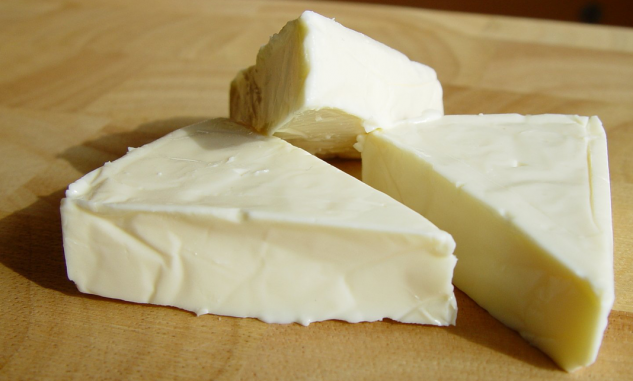


Go for fresh cheese. Avoid if it has dry edges. Keep in mind to check the “best before” date on the package properly. The tin should not be bloated.
Lactose intolerance: people who are sensitive to lactose might find it difficult to digest, thus it lead to abdominal bloating, cramps, gas, nausea. Amines sensitivity: some people are sensitive to amines, which is usually found in cheese, hence people with such sensitivity might lead to headaches, rashes, and blood pressure elevations.(3)
- Disclaimer
"Information here is provided for discussion and educational purposes only. It is not intended as medical advice or product or ingredient review/rating. The information may not apply to you and before you use or take any action, you should contact the manufacturer, seller, medical, dietary, fitness or other professional. If you utilize any information provided here, you do so at your own risk and you waive any right against Culinary Communications Private Limited, its affiliates, officers, directors, employees or representatives.”
Description
The most exotic of all, cheese happens to be one of the most in-demand dairy product produced from cream, curdled or skimmed milk or a combination of all. It has a variant range of flavours that line from mild, fresh soft cheese such as cream cheese, to pungent flavoured, mature blue cheese or the hard and aged ones like the Parmesan. Cheese is made from cow, goat, sheep, buffalo milk, and are sold raw or pasteurised, plain or flavoured, processed, pickled, they are at times sweet too. Cheese draws a long drawn history, but there is no conclusive evidence indicating where the very origin of cheesemaking originated, whether in Central Asia or the Middle East, Europe, but the said practice had spread within Europe prior to Roman times. The cheesemaking process was discovered accidentally by storing milk in a container produced from the stomach of an animal, and this very process of cheese making in an animal stomach gave a more solid and better-textured curds. The earliest cheese that was produced were quite salty and sour, similar in texture to the rustic cottage cheese or feta, a crumbly Greek cheese. Fresh cheese is generally in its youngest, purest form. Some examples of delicious fresh cheese are fluffy ricotta, creamy goat cheese, crumbly fela, soft mozzarella and they have a satisfying flavour that usually tastes mild, at times salty or tangy. The fresh ones does not have a rind and is not aged for a relevant period of time. They are usually creamy and spreadable to soft and pliable to crumbly. Some varieties of fresh cheese are feta, which is generally brined and thus has a salty flavour, Queso Fresco, which has a crumbly dry texture, Cotija is also dry, crumbly and salty, Mozzarella, which is also known as Pasta Filata cheese that has a mild milky flavour. Oaxaca is slightly rubbery in nature and is similar in taste to mozzarella.